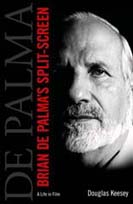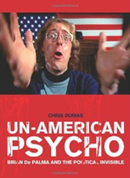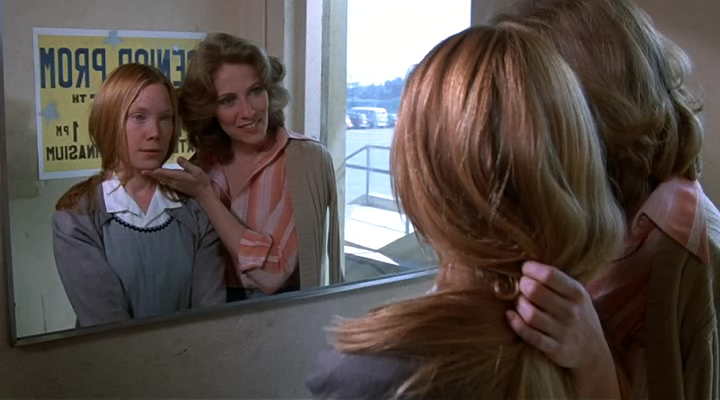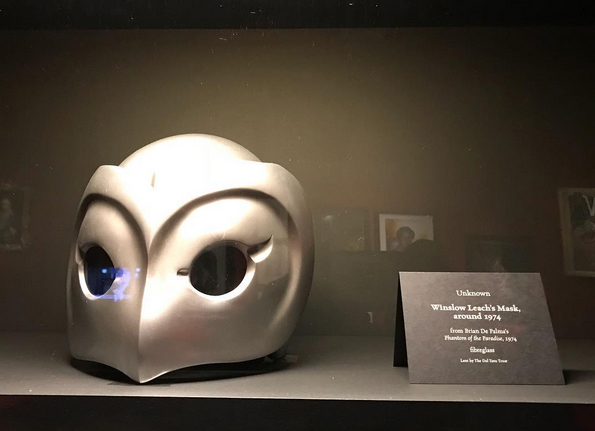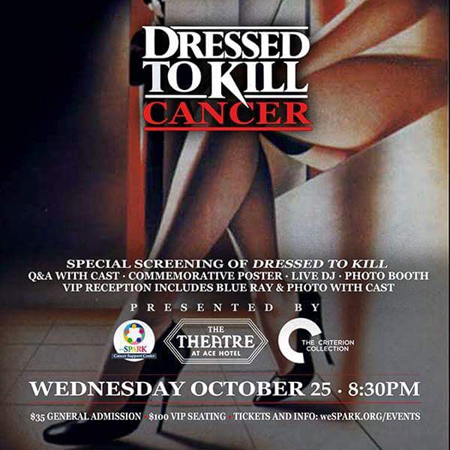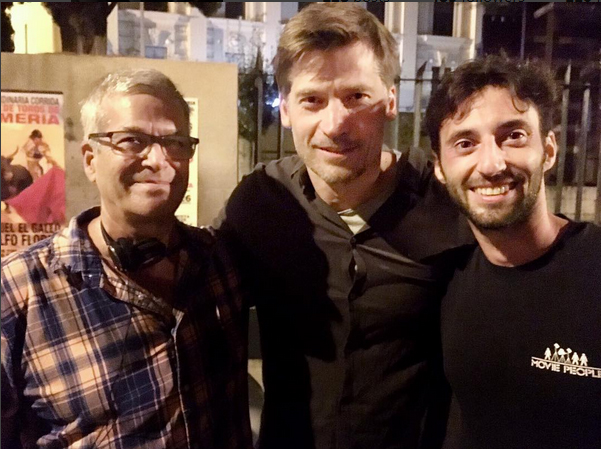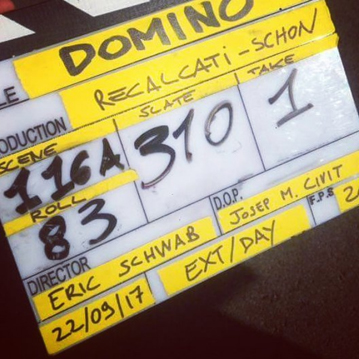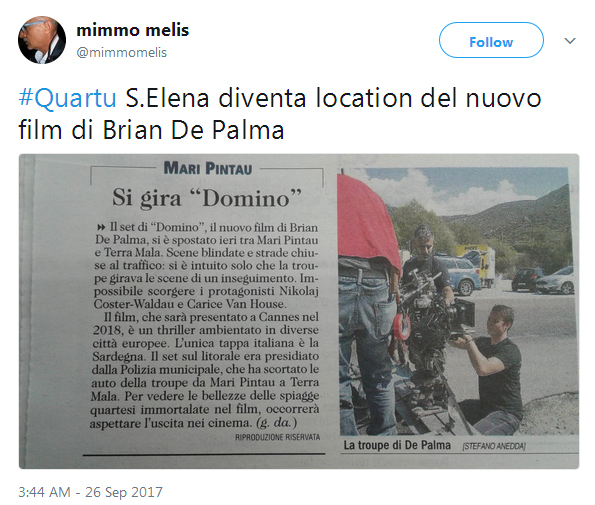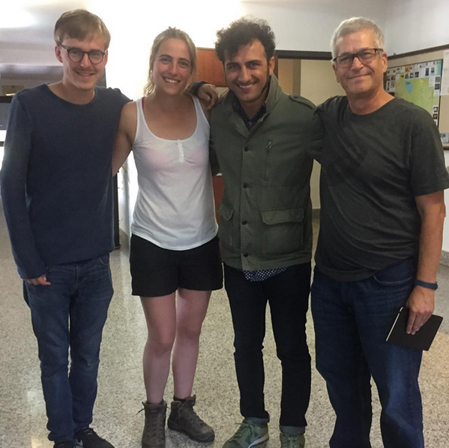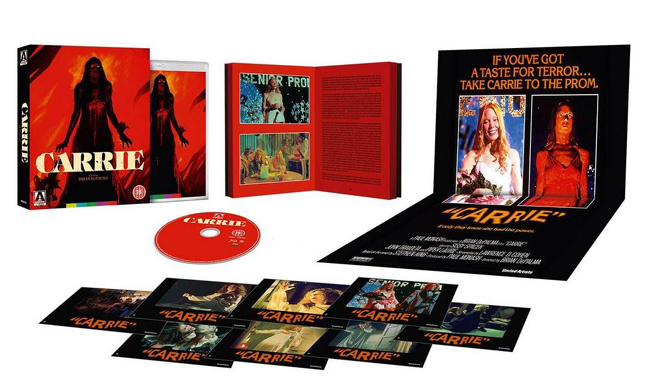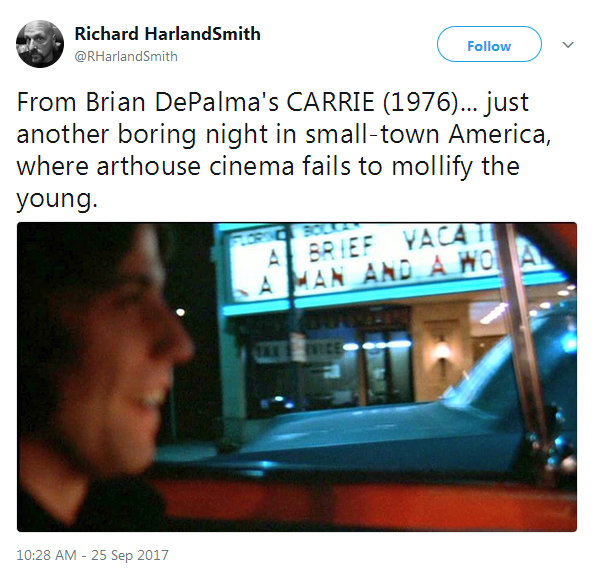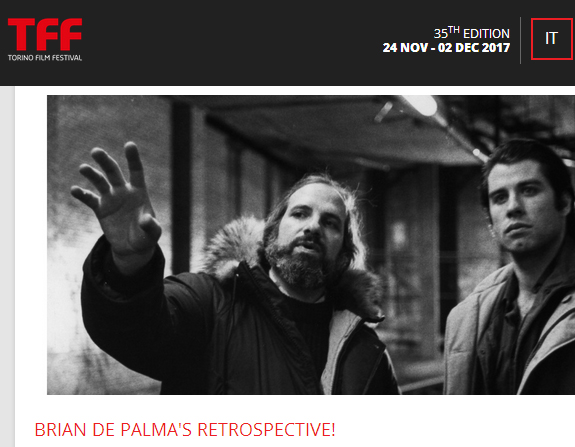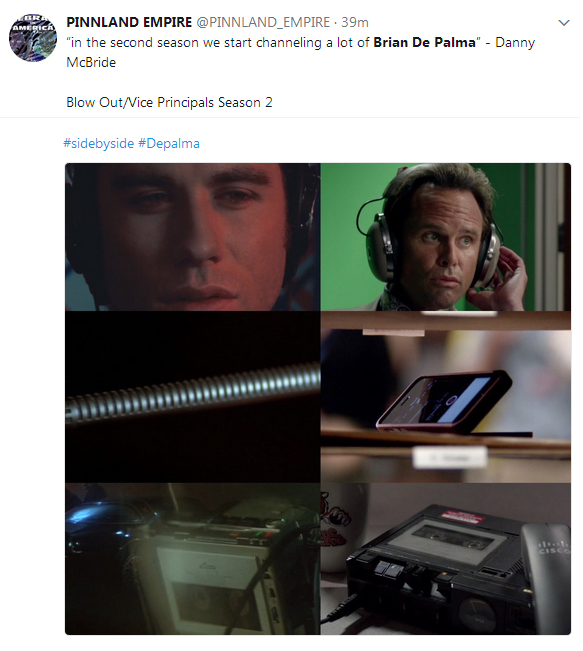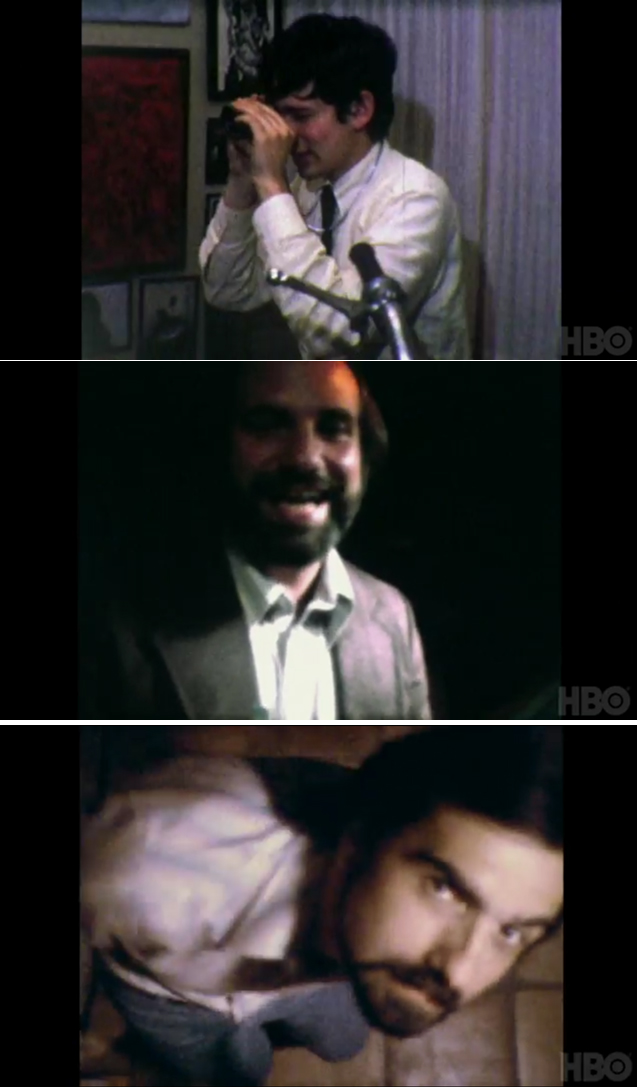From the fantastic to the frightful, don’t miss this rare glimpse into the world of renowned filmmaker Guillermo del Toro and his cabinet of curiosities. Taking inspiration from del Toro’s extraordinary imagination, At Home with Monsters reveals his creative process through his personal collection of art, artefacts, books, props, and ephemera, all culled from Bleak House, del Toro’s creative haven located in Los Angeles. This unique exhibition explores the creative mind behind one of the most inventive filmmakers of our generation revealing his influences, from the Medieval era to contemporary culture, and his particular obsession with horror, fantasy and the rich heritage of the Victorian era.
“To find beauty in the profane. To elevate the banal. To be moved by genre. These things are vital for my storytelling,” says Guillermo del Toro. “This exhibition presents a small fraction of the things that have moved me, inspired me, and consoled me as I transit through life. It’s a devotional sampling of the enormous love that is required to create, maintain, and love monsters in our lives.”
Rather than a traditional chronology or filmography, At Home with Monsters is organized thematically, beginning with visions of childhood and innocence and the Victorian era that so deeply inspires del Toro; continuing through explorations of death and the afterlife, magic, occultism, alchemy, Frankenstein and horror, monsters; and concluding with a celebration of comics, movies and popular culture.
“Guillermo del Toro believes that we need monsters,” says Jim Shedden, co-curator and the AGO’s Manager of Publishing. “To him, the imperfections of monsters are found in all of us, whether we see them or not. At the same time, despite his empathy for the tragic monster, del Toro is fascinated with truly terrifying and invulnerable monsters. By witnessing his incredible creative process, we can make unexpected connections among different genres and narratives, high art and pop culture, and blur boundaries between fantasy and reality.”
Guillermo del Toro: At Home with Monsters is accompanied by a fully illustrated catalogue published by Insight Editions. The 144-page volume is edited by Britt Salvesen, Jim Shedden, and Matthew Welch, with contributions by Guillermo del Toro, Keith McDonald, Roger Clark, and Paul Koudounaris.
Organized by the Art Gallery of Ontario, Los Angeles County Museum of Art, and Minneapolis Institute of Art.
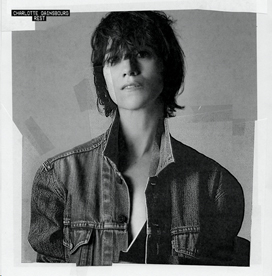 Charlotte Gainsbourg's upcoming album, Rest, will be released November 17th. According to Under The Radar's Christopher Roberts, while the title track was produced by Daft Punk's Guy-Manuel de Homem-Christo, the rest of the album was produced by SebastiAn. Roberts writes, "A press release says Gainsbourg and SebastiAn were inspired by the music of Giorgio Moroder, as well as various movie soundtracks, 'particularly Pino Donaggio's score for Brian De Palma's '70s horror classic Carrie, Georges Delerue's music for Jean-Luc Godard's nouvelle vague masterpiece Le Mépris, as well as the unsettling ambience of films like Stanley Kubrick's The Shining and Hitchcock's Rebecca.'"
Charlotte Gainsbourg's upcoming album, Rest, will be released November 17th. According to Under The Radar's Christopher Roberts, while the title track was produced by Daft Punk's Guy-Manuel de Homem-Christo, the rest of the album was produced by SebastiAn. Roberts writes, "A press release says Gainsbourg and SebastiAn were inspired by the music of Giorgio Moroder, as well as various movie soundtracks, 'particularly Pino Donaggio's score for Brian De Palma's '70s horror classic Carrie, Georges Delerue's music for Jean-Luc Godard's nouvelle vague masterpiece Le Mépris, as well as the unsettling ambience of films like Stanley Kubrick's The Shining and Hitchcock's Rebecca.'"

